Minor injuries and small accidents are everyday occurrences, and most of these are self-treatable. Most families have a customised first aid kit at home to tackle the matter promptly, bandaging scraped knees, applying ointments to bruised elbows and so on. However, while you might be fairly comfortable with the first aid kit you have at home, it might not be as comprehensive as it should be.
Here, we’ll discuss the most important components that every first aid kit at home should have. Read on and be well prepared to treat and deal with small accidents and injuries at home.
Checklist for Making a First Aid Kit at Home
Let’s start with what a first aid kit at home cannot do without. Regardless of whether you’re using a small plastic storage box or a ziplock bag for the purpose, here are some of the bare essentials to include in your kit:
- Band-Aids
- Cotton Balls
- Antiseptic Ointment
- Gauze
- Elastic Bandages
- Surgical Tape
- Safety Pins
- Scissors
- Medicines
- Tweezers
- Antiseptic Solution
- Thermometer
- Topical Pain Relief Ointments
- Hot Water Bottle
- Cold Packs
- Gloves
Now, let’s explore each of these first aid supplies in detail and discover how they can help you treat minor cuts and scrapes.
Band-Aids
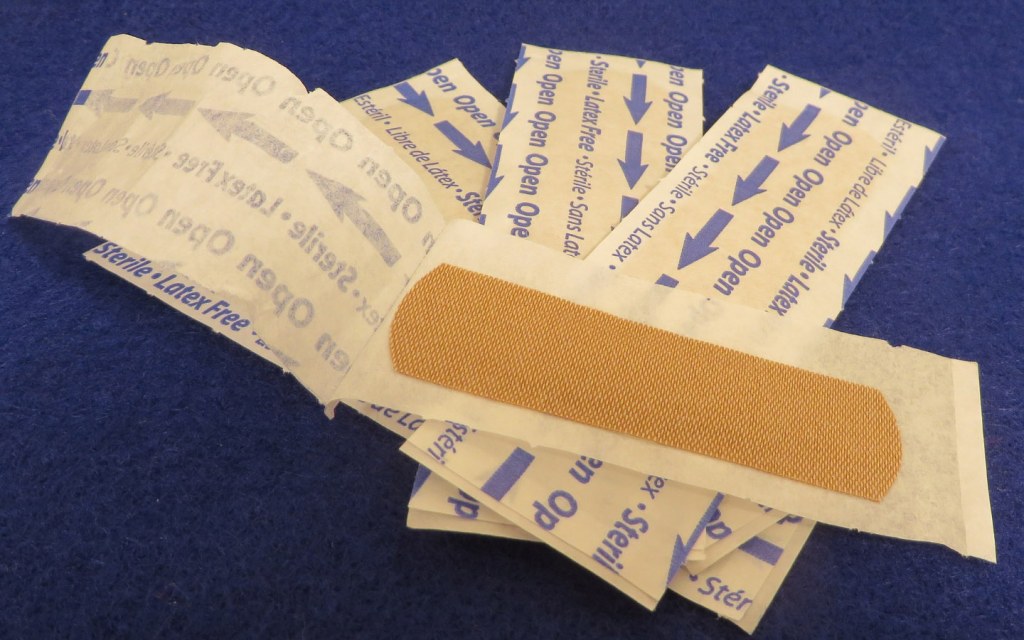
Adhesive bandages come in a variety of shapes and sizes. They are perfect for a range of small injuries that require a quick cover-up. You can even find kid-friendly options for these bandages, with cartoons and action figures printed on them, making your little ones proud to show off their bumps and bruises.
Cotton Balls
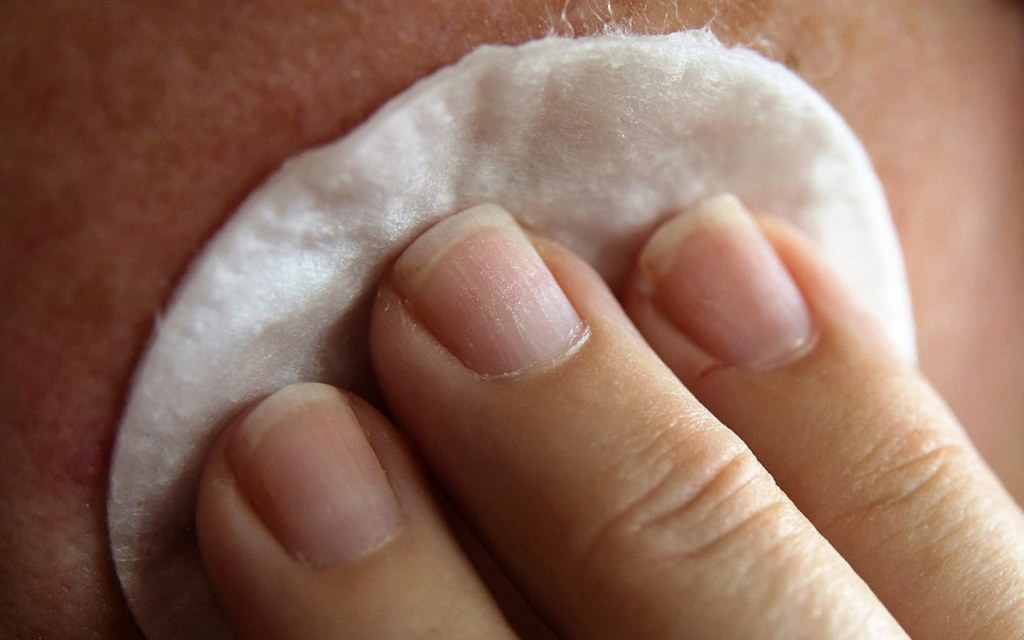
From cleaning a wound to applying an antiseptic ointment and covering a wound before applying gauze to it, the use of cotton balls or even pieces of cotton is unlimited. It is a must-have for every first aid box at home.
Antiseptic Ointment
Antiseptic ointments are creams that help heal the wound and prevent it from getting septic or infected. They’re generally used to cover up larger bloody injuries with the help of cotton and gauze dressing.
Gauze
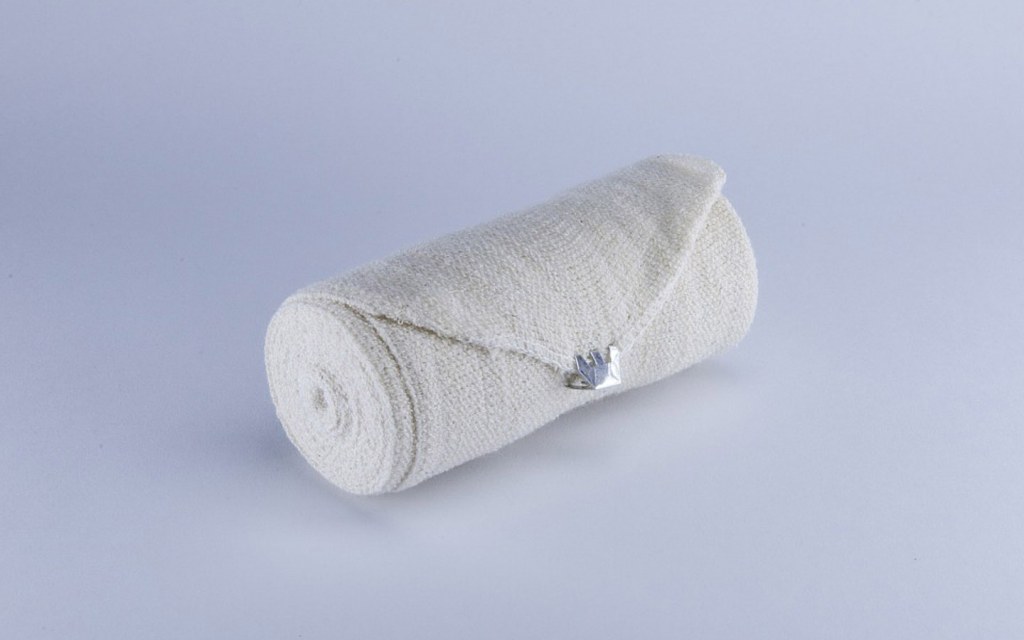
While smaller cuts can be covered with an adhesive bandage, larger wounds need to be properly dressed. In most injuries, you can use pieces of cotton or shred a cotton ball, apply an ointment or cream to it, and place it on the wound. Cover this with a bit of gauze before bandaging it. Gauze pads are readily available in the market. However, you can choose to invest in a gauze roll that you can cut to the required length and size.
Elastic Bandages
These bandages differ slightly from regular Band-Aids as they are made of stretchy fabric. They are the best option if you want to dress a wound with a piece of gauze. The trick to using these is to wrap them around the gauze firmly, but not too tightly as that can restrict blood flow to the area. You can secure the bandage with knots or surgical tape. Even ordinary paper tape can work well if surgical tape is unavailable.
Surgical Tape
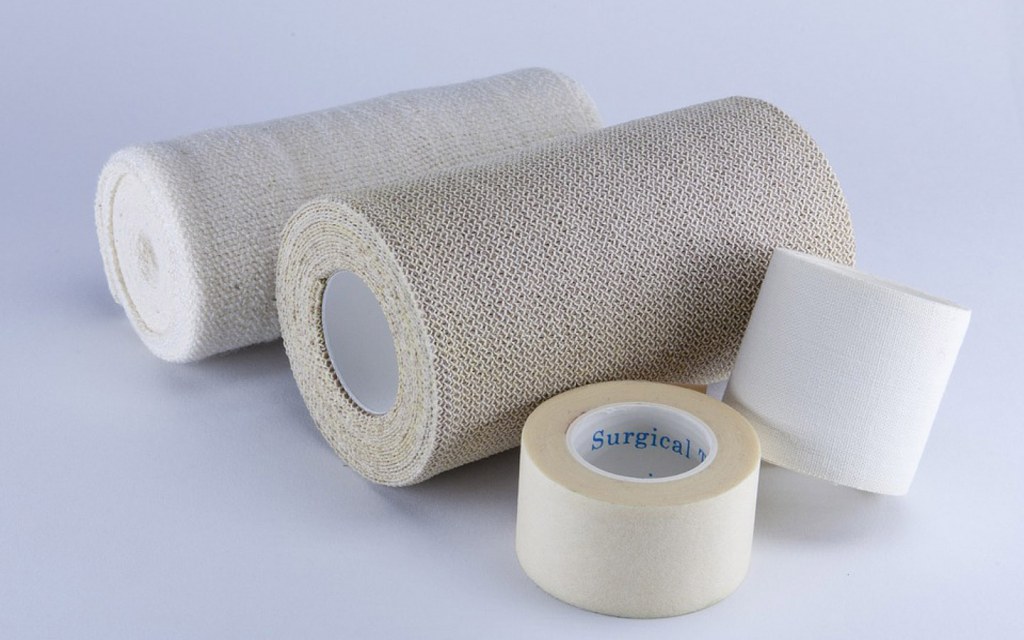
Surgical tape is similar in texture to paper tape but adheres better to pieces of gauze or elastic bandages. Knots can be difficult to open when you want to change the dressing, which is why surgical tape should be your preferred choice.
Safety Pins
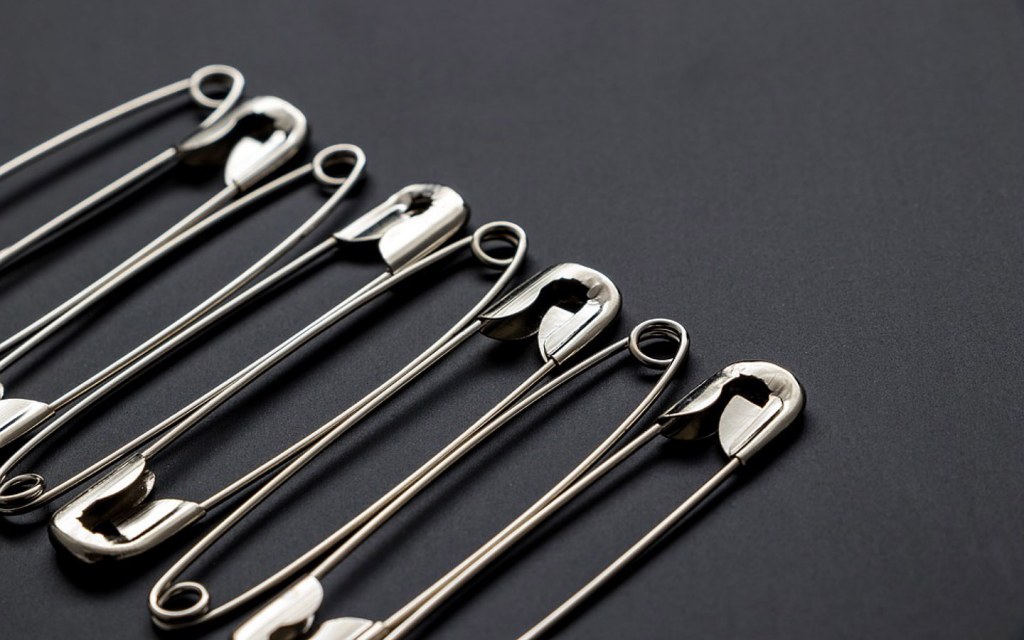
No matter how many of these you buy, there’s never one around when you need it. If you want to pin your bandage rather than taping it, keep a bunch of safety pins in your first aid box for easy accessibility.
Scissors
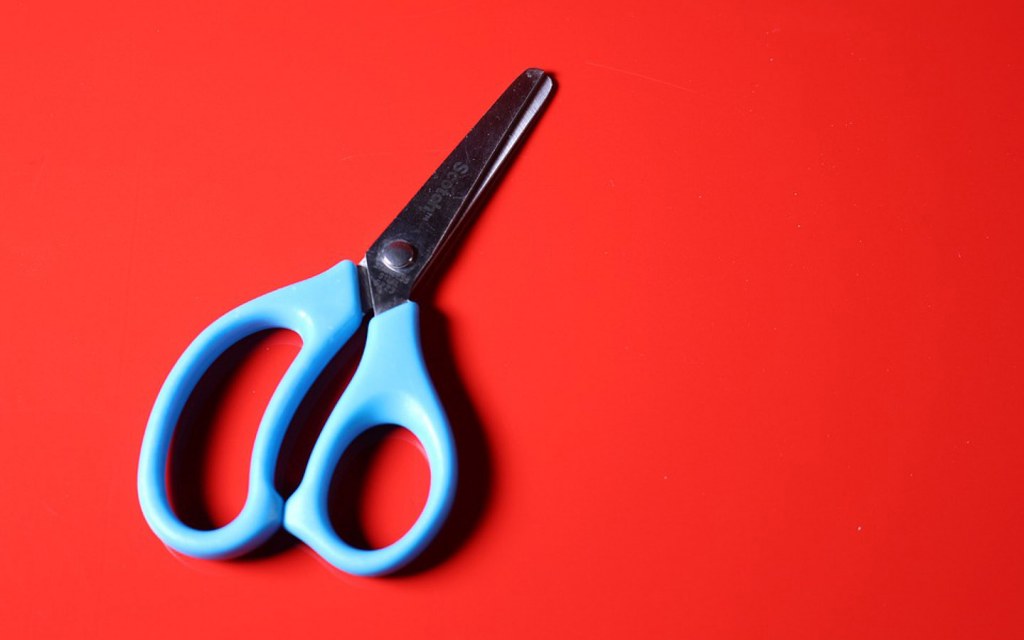
Round-tipped medical scissors or shears are a pre-requisite for every first aid box. From cutting bandages and pieces of gauze to snipping clothing away from a wound, there are a lot of uses for this one item.
Medicines
Over-The-Counter (OTC) medications, such as painkillers, must also be stocked in your first aid kit at home. Some scenarios for which you should always have OTCs available include an upset stomach, a headache, fever or flu, allergies, nausea, acidity, and so on. You can stock up on medications after observing which ones are needed in your household the most. A cough syrup should also be added to the list.
Tweezers
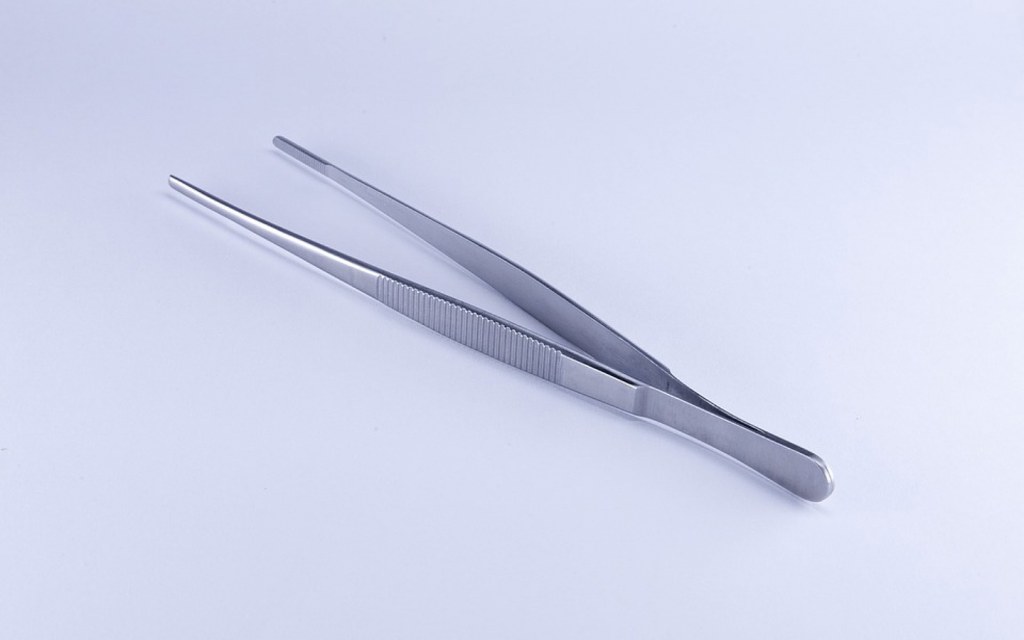
While you might consider these to be a beauty product, you will not know the true worth of a tweezer until you have to pull a thorn or splinter of wood out of your skin. This handy little thing can save you a trip to the emergency room with a crying child in tow. You can stock your first aid kit at home with ordinary tweezers or purchase special medical tweezers for the purpose.
Antiseptic Solution
No first aid kit is complete without it. Regardless of how small or large your injury is, you need to clean it before you bandage it. This is especially important for cuts and scrapes that you get outdoors when you fall. If your child comes running to you with a bloody knee with dirt caked around it, cleaning it is the first thing you need to do and having an antiseptic solution at home can help you prevent the wound from getting infected. Be aware though that it may sting a little.
Thermometer
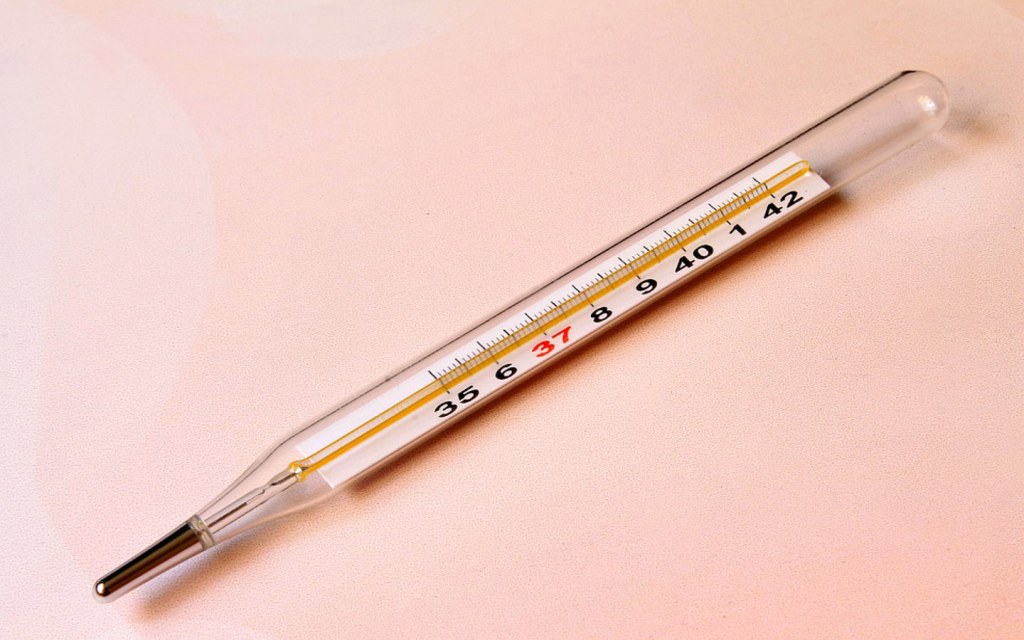
We all get bouts of flu and fever throughout the year, so it is best to add a thermometer to your first aid kit if you don’t have one already. While you can buy a traditional one to stick in the mouth or under the arm, modern thermometers are easier to use and read with digital displays and a range of other features.
Topical Pain Relief Ointments
From gels to balms, there are a number of topical ointments to relieve pain and restore pain-free functionality of the body. Some of these are ideal for application on bumps and bruises while others are perfect for minor muscle strains and aches. Choose which ointments you wish to keep in your kit based on your use.
Hot Water Bottle
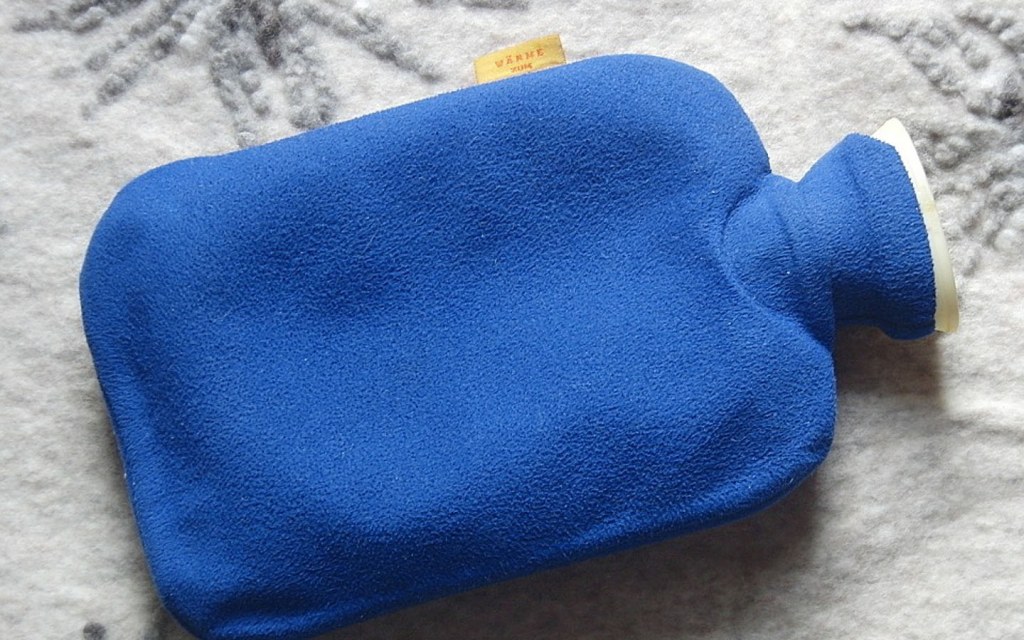
Both hot and cold packs are available in the market, and each has its own use. Hot water bottles can be filled with boiling water and covered in a cloth before being placed on aching or strained muscles. The heat helps relax the muscles and restores mobility of the concerned area. You can also get microwaveable heat packs from the market, which are quick and easy to use, especially if you frequently suffer from muscular strains.
Cold Packs
Cold packs are also available in two varieties. You can either get a cold bag, fill it with ice cubes to apply to the sore spots or you can find a gel pack that can easily be popped into the freezer to use as and when needed. Cold packs are best for spots that are sore due to inflammations, as they can reduce the swelling in a particular area and bring immediate relief.
Gloves
Wearing disposable gloves when treating an injury can help you prevent infection. Latex gloves are easily available in the market, and while they might not be needed for everyday scrapes and cuts, it is best to keep them at hand for larger or invasive injuries and treatments.
Storage Tips for First Aid Kits

Now that you have stocked your first aid kit, where should you keep it? Here are some tips to help you out:
- Firstly, wherever you keep it, it should be out of reach of your children. Never place it on an open shelf where your little ones can get to it.
- Some people prefer to place their first aid box in a bathroom cabinet, but the high humidity there can often reduce the shelf life of medications. Since most of the activity at home takes place in the kitchen, choose a high cabinet that only the adults can access and place your kit there. The cabinet should be in an area that is cool and dry all day.
- Remember to check the expiry date on your medicines when you add them to your kit and always recheck them before consuming the medication. Throw out any expired medicines during regular checks.
- Restock whatever things you have used up or thrown away, as soon as you can. You never know when you might need it again.
Having a first aid kit at home can help you treat and bandage small wounds and take care of minor illnesses that affect every household. However, if a wound is red, swollen, and painful, it’s generally infected and needs professional expertise. Similarly, if an ache refuses to go away with the help of medicines or if fever refuses to subside over time, seek professional help immediately. Stay Blessed!
Stay tuned for other informative posts on Zameen Blog, Pakistan’s best lifestyle blog.



